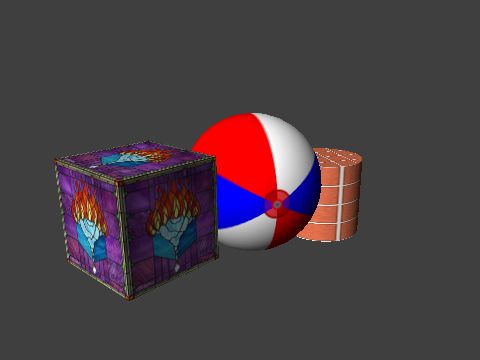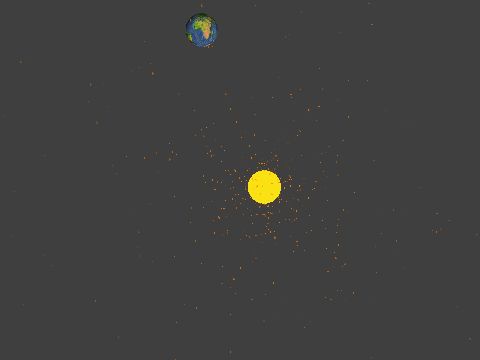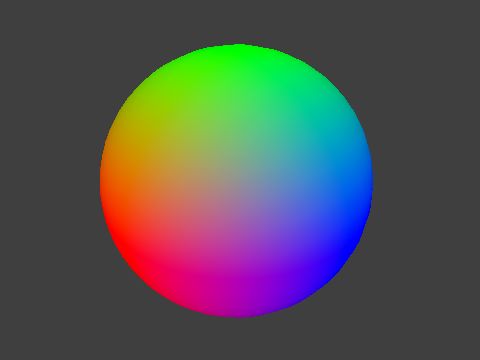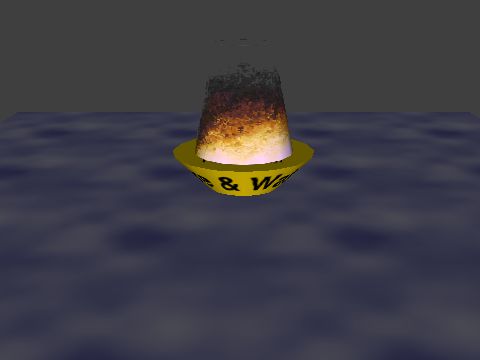|
Tutorial 0
The simplest tutorial, one (familiar?) object to walk around.
|
Tutorial 1
A more complex scene, with use of textures.
|
Tutorial 2
A scene similar to the previous, but with procedural textures.
|
Tutorial 3
A physical simulation, with the use of animators.
|
Tutorial 4
Just one object, textured with the ARB_vertex_program extension.
|
Tutorial 5
A relatively complex object, using animated textures.
|
|
|
|
|
|
Tutorial 0

This is the simplest tutorial: a base object is created, positioned and colored.
The tutorial adds controls to move around and light it differently.
BTW, if someone has thought of an old SF movie and book, well, they're absolutely right!
|
Tutorial 1

Still a simple scene, but the objects are positioned around, and instead of simple color a different texture is applied.
Again, controls allow to move around, the developer can play with textures and color to observe different effects.
|
Tutorial 2

Basically the same scene as above, but procedural textures have been used in place of static ones.
The developer can play here with the noise parameters, to test the different effects that can be achieved.
NEW! The new InteractiveView is used, dragging the mouse in the scene moves the eye,
option-drag zooms in-out and changes the field-of-view, command-click selects objects.
|
Tutorial 3

A very animated scene, simulating a physical reality (an oversimplified solar system):
a demonstration that the library is well fit for educational purposes.
|
Tutorial 4

A single object, but with a very complex dynamic texture obtained through the ARB_vertex_program extension.
The developer can experiment here with the vertex program itself, contained in a separate text file.
|
Tutorial 5

A slightly more complex object, but with animated textures that shows a simple way to obtain effects,
in this case a simulated fire and a water surface.
NEW! The base uses the new StringTexture, there is a sample of animated procedural textures,
and again the InteractiveView has been used.
|
|